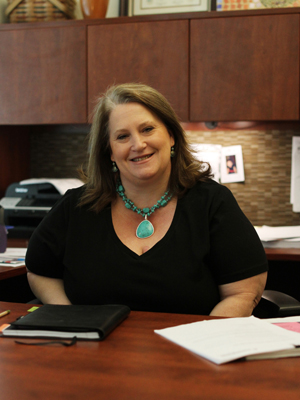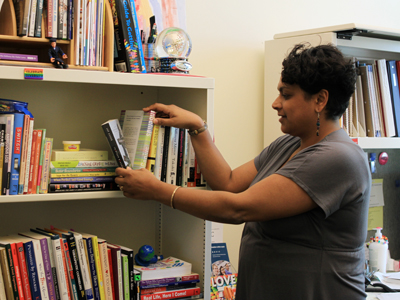He currently takes mood stabilizers, which help balance the manic episodes. Before his diagnosis, he suffered from extreme depression, suicidal ideation, and constant racing thoughts, he said.
When he started attending Chico State, he hit a low point with his mental illness halfway into the semester. He fell behind in his classes, but the Accessibility Resource Center (ARC) at Chico State helped him file for an administrative withdrawal from the semester, and fortunately, he was able to repeat the dropped classes.
Since fall 2012, he hasn't had a manic episode. In the future, he hopes to get a job and to become a published author.
Mental health is a serious issue to be aware of, especially among college students. Classes and personal problems can lead to anxiety, which is the most common mental health illness among students, said Devjani Banerjee-Stevens, counselor and California Mental Health Services Authority at the Counseling and Wellness Center.

She helps accommodate students with disabilities in the classroom.
Sandy Parsons, director of the ARC, also works with students dealing with anxiety and depression while accommodating students with disabilities in the classroom.
An increase in students with mental illnesses seeking help is due to better awareness and treatments, she said. In the past, there wasn't the treatment and medication that exist today, and people with mental illnesses generally wouldn't attend college. Today, one in five students have mental health illnesses, Parsons said.
"When something starts to impair the way you are functioning, that's when it becomes a disability," Parsons said.
One in nine students has a disability, and 80 percent of those are hidden disabilities, she said, meaning students dealing with mental illnesses. "We are not in the business of curing anybody," Parsons said. "If we can help them manage the external stimuli, the external stress, then they are going to function better."
Students with mental disabilities are offered note takers and extra time on exams among other services.
"When something starts to impair the way you are functioning, that's when it becomes a disability," Parsons said.
One in nine students has a disability, and 80 percent of those are hidden disabilities, she said, meaning students dealing with mental illnesses. "We are not in the business of curing anybody," Parsons said. "If we can help them manage the external stimuli, the external stress, then they are going to function better."
Students with mental disabilities are offered note takers and extra time on exams among other services.
Banerjee-Stevens said that with the advancement in technology and the constant exposure to information, students feel as if they can't shut their minds off. Any student can suffer from anxiety. A student who excels academically might suffer from social anxiety, while another might experience anxiety because of bad grades, she said.

and Wellness Center. She provides students with counseling.
There is a correlation between perfectionism and depression; if perfection is the only option, students struggle because perfection is impossible to achieve. Having healthy relationships, finding ways to connect with friends, and staying engaged, all help students to ease anxiety and depression, she said.
Banerjee-Stevens' dream is to have students act as mental health advocates, helping other students, so students in distress have more avenues for help than staff intervening when needed.
"In 20 years, we won't need college counseling centers because everybody would be so good at helping each other," she said, describing her hope for the future.
Banerjee-Stevens' dream is to have students act as mental health advocates, helping other students, so students in distress have more avenues for help than staff intervening when needed.
"In 20 years, we won't need college counseling centers because everybody would be so good at helping each other," she said, describing her hope for the future.
